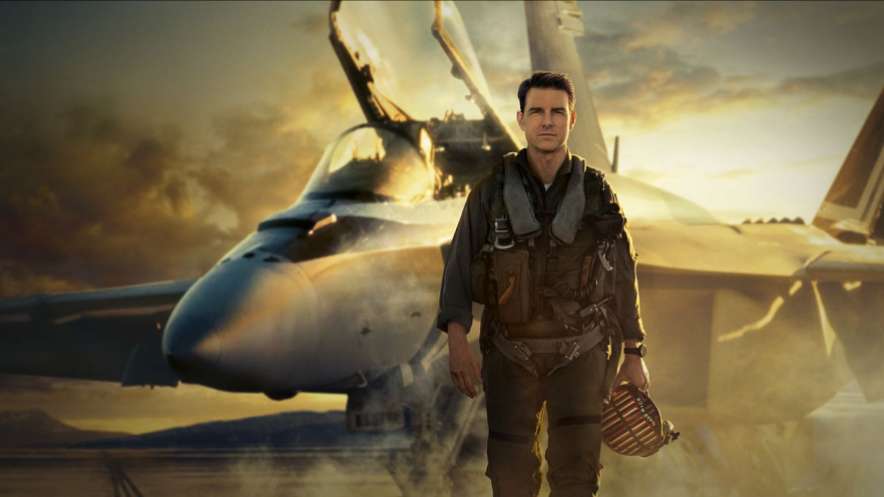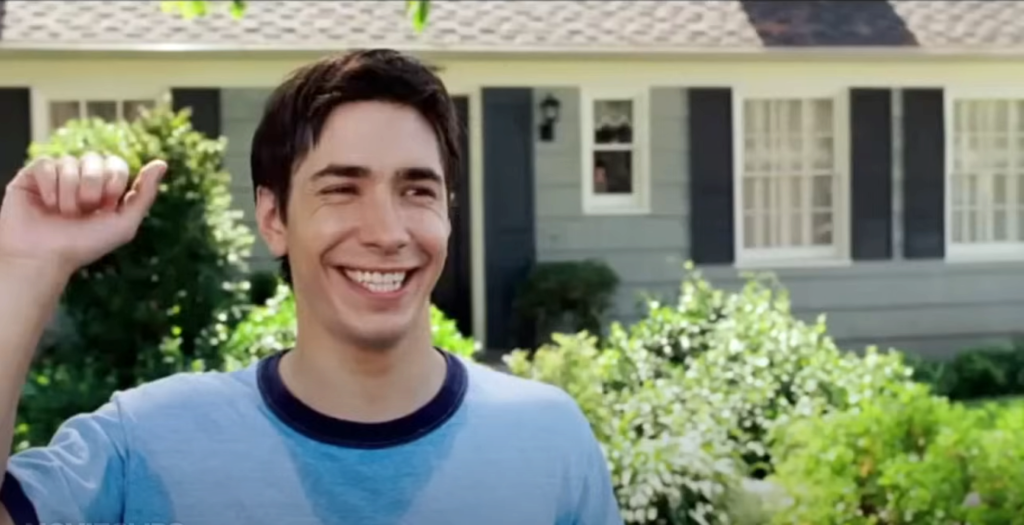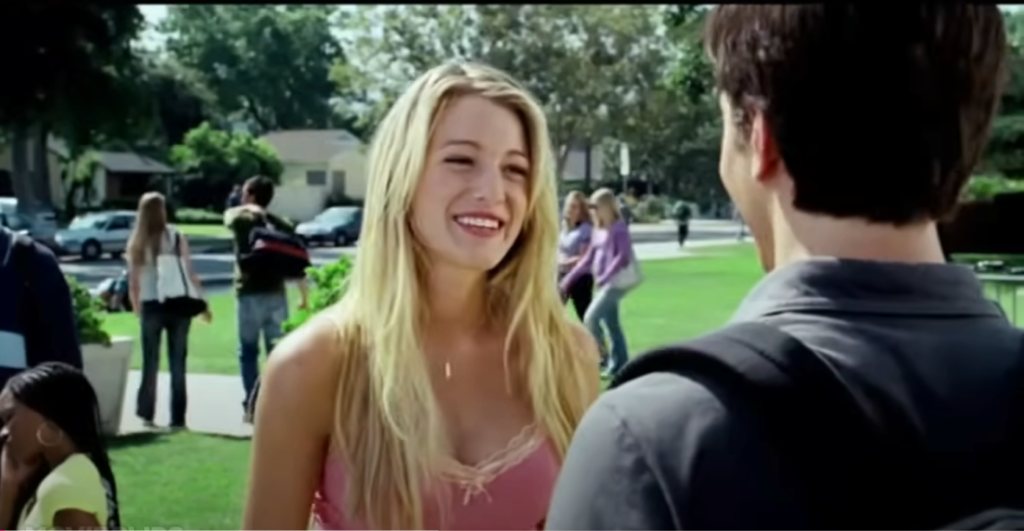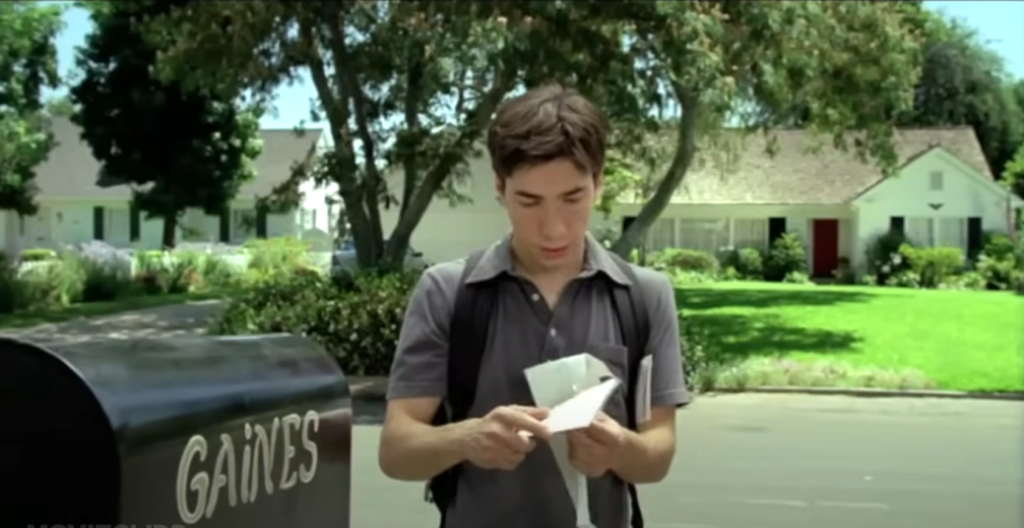Maverick’s Evolution from Pilot to Mentor
Pete “Maverick” Mitchell, the daring and rebellious fighter pilot who captured audiences in the original Top Gun, has long been an emblem of individuality and fearlessness in the skies. Over three decades later, Top Gun: Maverick presents a new chapter in his life, one that sees him taking on a role he’s always avoided: mentor. No longer just the hotshot pilot, Maverick is now tasked with guiding the next generation of elite pilots, including the son of his late best friend, Goose.
Top Gun: Maverick explores this shift in Maverick’s journey, diving into the emotional complexity of a man who thrives on action but now faces the responsibility of leadership. As Maverick steps into his new role, he must confront his past and the burdens he’s carried, all while navigating the fine line between pushing his students to greatness and protecting them from the dangers he knows all too well. The film blends themes of legacy, mentorship, and personal evolution, allowing Maverick to grow while remaining true to his core identity.
The Weight of Legacy: Maverick’s Struggle with His Past
Maverick’s reluctance to embrace the role of a mentor is deeply rooted in the weight of his past. The death of his best friend and wingman, Goose, in the original Top Gun continues to haunt him, casting a shadow over every flight and every lesson he attempts to impart. Maverick’s fear of being grounded—both literally and figuratively—is not just about losing his freedom in the air; it’s about confronting the trauma of past failures and the responsibility of guiding others through the same risks he has faced.
The film highlights this internal struggle as Maverick is assigned to mentor a group of young pilots, including Goose’s son, Rooster. The dynamic between Maverick and Rooster is fraught with tension, as Maverick’s guilt over Goose’s death complicates his relationship with Rooster. Torn between protecting Rooster and preparing him for the dangers of combat, Maverick grapples with the emotional burden of his legacy.
Through this complex relationship, Top Gun: Maverick illustrates the difficulty of transitioning from an individual hero to a mentor who must shoulder the weight of others’ futures. Maverick’s journey isn’t just about training the next generation; it’s about confronting his own fears, guilt, and sense of duty.
Leadership through Action: Maverick’s Unconventional Teaching Style
Maverick’s approach to leadership is as unconventional as his flying style. Unlike traditional mentors who rely on lectures and protocols, Maverick’s teaching is action-driven. He believes in leading by example and teaching through experience, often placing his students in high-stakes situations to sharpen their instincts and test their limits. For Maverick, the best way to learn is to fly—literally and figuratively—by the seat of your pants.
In key scenes, Maverick pushes his students to embrace the kind of risk and quick decision-making that defines aerial combat. One standout moment is when he takes his students on a low-altitude flight, defying the rules to demonstrate the importance of instinct and adaptability. The scene encapsulates Maverick’s philosophy: you can’t teach courage or intuition from a classroom; it has to be lived and experienced. His methods may be unorthodox, but they are rooted in the belief that survival in the air requires more than technical skill—it demands heart and nerve.
This hands-on, high-pressure mentorship sets Maverick apart from traditional leaders. He knows the dangers of the job and doesn’t shy away from putting his students in those situations to prepare them. While this approach may draw criticism from higher-ups, it earns the respect of his students, who see firsthand that Maverick is not only teaching them to survive but also to thrive under pressure. Maverick’s leadership reflects his own journey—driven by passion, shaped by loss, and guided by a deep understanding of what it takes to be the best.
Passing the Torch: Building Relationships with a New Generation
One of the most compelling dynamics in Top Gun: Maverick is Maverick’s relationship with the younger pilots, particularly Rooster, Goose’s son. The tension between Maverick and Rooster is palpable from the start, with Rooster harboring resentment toward Maverick for holding him back from advancing in his career. This strained relationship adds emotional complexity to the film, as Maverick struggles to navigate his protective instincts and the need to prepare Rooster and the other young pilots for the dangers they’ll face.
The dynamic between mentor and student forms the emotional core of the film. Maverick, haunted by the loss of Rooster’s father, must come to terms with the reality that he cannot shield Rooster from the risks of flying. At the same time, Rooster must learn to trust Maverick’s judgment and accept his guidance, even as he grapples with his own feelings of independence and loss. As Maverick gradually loosens his protective hold and allows the new generation to step into their roles, he also learns the value of letting go. The film captures the delicate balance of mentorship—teaching the next generation to soar while accepting that they must face their own battles.
Ultimately, Top Gun: Maverick shows how Maverick’s relationship with Rooster—and the younger pilots—evolves from one of tension to mutual respect and understanding. This passing of the torch marks a significant shift for Maverick, who, for the first time, embraces his role as a mentor, fully realizing the weight of legacy.
Maverick’s Legacy: Maintaining Identity While Evolving
Despite stepping into the role of mentor, Maverick never loses his rebellious, maverick spirit. His journey in Top Gun: Maverick is one of evolution, but it’s clear that he remains the same daring pilot who thrives on risk and instinct. The film strikes a careful balance between showcasing Maverick’s growth as a leader while maintaining his essence as the ultimate rule-breaker.
Throughout the film, Maverick’s defiance of authority is ever-present. He consistently challenges his superiors when it comes to training the new pilots, pushing them harder and faster than anyone else would dare. This speaks to his belief in his own instincts, honed over decades in the cockpit, and the deep understanding of what it takes to succeed in combat. Yet, while Maverick holds onto his individualistic nature, he also evolves. He accepts that his role as a teacher is not just about pushing limits but also about nurturing growth in others.
Top Gun: Maverick beautifully weaves themes of legacy and identity, showing that Maverick can evolve without losing who he is at his core. As he guides the younger generation, he also reflects on his own career and what he has to pass on. Maverick’s ability to maintain his identity while embracing his responsibilities as a leader makes him a more complex and grounded character. The film reminds us that growth doesn’t always mean change—it often means deepening one’s strengths and learning to impart them to others.
Reflections on Leadership and Legacy in Top Gun: Maverick
Maverick’s transition from ace pilot to mentor reflects broader themes of leadership and legacy that run throughout Top Gun: Maverick. The film explores what it means to be a leader—not through lectures or instructions, but through action, experience, and emotional connection. Maverick’s mentorship is rooted in his own journey, shaped by the highs and lows of his career, and his leadership comes from his ability to inspire those around him to rise to their full potential.
The narrative reinforces the idea of passing the torch to the next generation. Maverick must confront his own fears and past failures to effectively guide the new pilots, and in doing so, he ensures that his legacy lives on through them. The balance of teaching and letting go becomes a powerful lesson in leadership—one that acknowledges the importance of individual achievement but also recognizes the value of lifting others up.
By the end of the film, Maverick’s legacy isn’t just about his legendary flying skills. It’s about the impact he’s had on others and the mark he leaves on the future of the Top Gun program. As the film closes, there’s a sense that Maverick’s story, while evolving, is far from over.
The Timeless Maverick
Top Gun: Maverick masterfully crafts a narrative that blends action, emotion, and growth, centered around Maverick’s role as a mentor and leader. His evolution from a lone pilot to a teacher who passes on his wisdom showcases the film’s rich exploration of mentorship and legacy. Yet, Maverick never loses his core identity—his rebellious nature and unmatched skills remain at the heart of his character, even as he takes on new responsibilities.
Maverick’s story resonates with audiences because it reflects timeless themes of leadership, growth, and the desire to leave a lasting impact. As he guides a new generation of pilots, the film leaves us with a deeper understanding of what it means to truly lead—by action, example, and heart. Top Gun: Maverick not only pays homage to the past but also sets the stage for the future, ensuring that Maverick’s legacy will continue to inspire for years to come.



